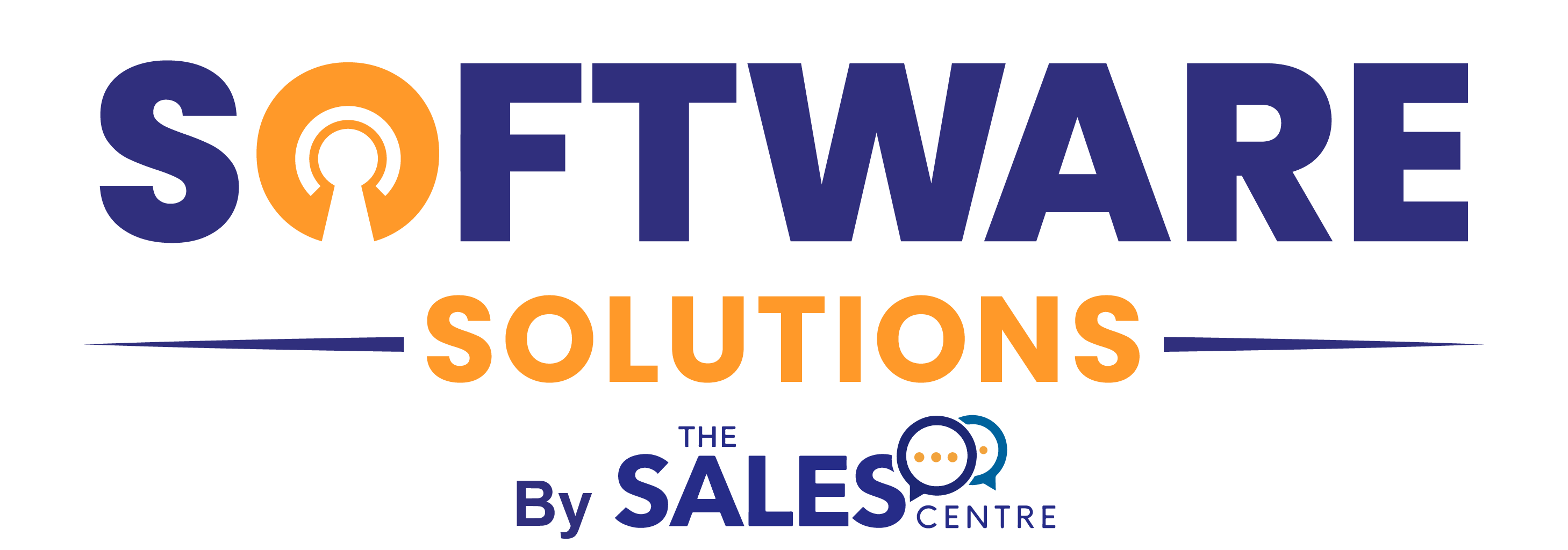In the ever-evolving digital world, the term “smart software” is thrown around frequently—often without clarity. But what truly makes a software solution “smart”? Is it automation? Artificial intelligence? Real-time analytics? While all of these elements may play a role, a smart software solution is fundamentally about enhancing business productivity, streamlining workflows, and driving better decisions—without creating complexity.
For business owners, entrepreneurs, and decision-makers, knowing how to identify and invest in smart software can be the competitive edge that separates scalable success from stagnant growth. Let’s dive into what defines a smart solution—and how you can spot one.
Smart Software Is Built on Automation That Saves Time
Time is money—especially for small businesses and growing enterprises. Smart software automates repetitive, time-consuming tasks that were once manual, freeing up teams to focus on higher-value work.
Whether it’s automating invoicing, email sequences, lead capture, employee onboarding, or customer service responses, intelligent automation not only improves efficiency but also reduces the likelihood of human error.
Look for tools with:
- Automated workflows and task triggers
- Integration with your CRM, calendar, or accounting software
- Time-saving templates or auto-fill capabilities
Popular smart solutions like Zapier, HubSpot, and Xero allow businesses to automate workflows across departments, ensuring no task slips through the cracks.
Smart Software Learns and Adapts
One of the key characteristics of truly smart software is its ability to learn from data and improve over time. Machine learning and AI-driven platforms can analyze past behaviors to make recommendations, personalize user experiences, or predict future outcomes.
For example, AI-powered CRM systems like Salesforce Einstein or Zoho CRM can analyze your customer interactions and suggest the best time to follow up, highlight which deals are most likely to close, or flag leads that are going cold.
This type of adaptive functionality means that your software doesn’t just store data—it puts it to work, helping you make informed decisions without spending hours in spreadsheets.
Smart Software Integrates Seamlessly
Another hallmark of smart software is its ability to play nicely with others. No matter how feature-rich a system is, if it can’t integrate with your existing tools, it can end up causing more problems than it solves.
Smart solutions offer APIs, plug-and-play integrations, and user-friendly interfaces that connect with other essential business tools. This enables real-time data sync and ensures that your teams are always working with up-to-date information.
When evaluating software, ask:
- Does it integrate with our email platform, CRM, project management tools, or finance systems?
- How easy is it to set up and maintain these integrations?
- Does it offer centralised dashboards or reports that combine data from multiple sources?
Solutions like Slack, ClickUp, and Microsoft Power Automate are examples of platforms built to sit at the center of your tech stack and streamline your digital ecosystem.
Smart Software Is User-Friendly and Intuitive
Sophistication doesn’t have to mean complexity. The smartest tools are ones your team actually enjoys using because they’re intuitive and designed with the user in mind.
Overly complex systems can result in poor adoption, costly onboarding, and wasted resources. Smart software prioritizes UX (user experience)—ensuring users can learn the system quickly, perform tasks easily, and troubleshoot issues without constant support.
Signs of smart design include:
- Minimal training required for new users
- Visual dashboards and drag-and-drop features
- Built-in support, chat, or walkthroughs
User-first platforms like Trello and Notion are shining examples of how powerful tools can still feel simple, approachable, and flexible.
Smart Software Supports Decision-Making
Smart software doesn’t just automate tasks—it helps you think smarter. Through advanced analytics, reporting, and real-time dashboards, it empowers you to make data-driven decisions quickly.
A smart system should be able to:
- Pull reports on KPIs instantly
- Highlight trends or anomalies in your data
- Provide forecasts or performance predictions
Tools like Google Data Studio, Power BI, and Looker offer customizable, real-time dashboards that provide instant insight into the health of your business—without needing a data scientist.
Smart Software Scales With Your Business
Your needs today won’t be the same a year from now—and smart software accounts for that. Look for solutions that are scalable: ones that can grow with your business and support increasing demands without needing a complete overhaul.
This includes:
- Flexible pricing plans (based on user count or usage)
- Modular features that can be added as needed
- Cloud-based access and mobile compatibility
Cloud-based platforms like Google Workspace and Monday.com offer scalable infrastructure that supports businesses from startup phase through enterprise growth.
Smart Software Prioritizes Security
Security is non-negotiable. A smart solution doesn’t just protect your data—it proactively defends against threats, ensures compliance with regulations like GDPR or POPIA, and minimizes the risk of breaches.
Make sure your chosen solution has:
- Two-factor authentication
- End-to-end encryption
- Compliance with international standards
- Regular security updates
Reputable providers like Dropbox Business, 1Password, and LastPass take data security seriously and offer built-in protections that reduce your IT burden.
Smart Is Strategic
Choosing smart software isn’t just about flashy features—it’s about strategically selecting tools that solve problems, enhance workflows, and unlock growth potential.
Before committing to a solution, ask:
- Does this solve a real business problem?
- Will this tool reduce workload or complexity?
- Can this software grow with our team?
- Does it empower data-driven decision-making?
In 2025 and beyond, the smartest businesses will be the ones using the smartest tools—not because they’re trendy, but because they create real impact. Whether you’re automating processes, enhancing collaboration, or refining analytics, smart software is your competitive edge.


